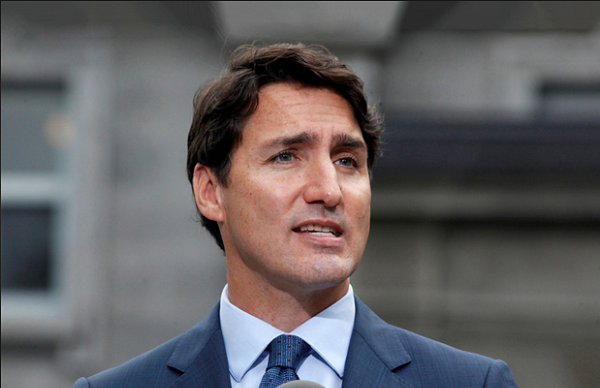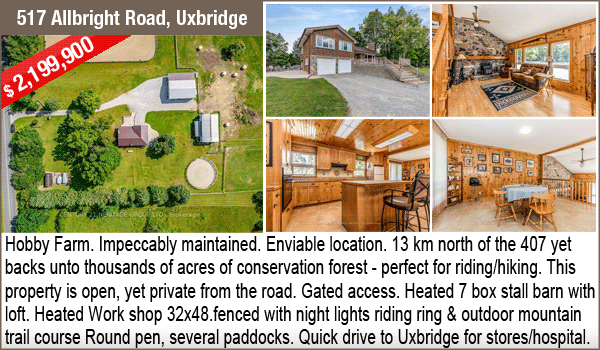Federal government pledges $100-million to improve home building with new homebuilding technology
Ottawa continued its spree of housing announcements Friday with $100-million in new funds to improve how homes in Canada are built, with the Prime Minister suggesting there could be new programs for mortgage holders unveiled in the weeks ahead as his government faces immense political pressure to ease the country’s housing crunch.
Half of the latest funding will support a new Homebuilding Technology and Innovation Fund that will work with the construction industry to adopt new materials and methods of building homes such as modular and prefabricated housing units.
The other $50-million will help fund homebuilding projects that are already using different and innovative construction techniques from prefabricated and modular housing manufacturers.
The federal government also said Friday it will spend $11.6-million to produce the new housing design catalogue it announced in December. The catalogue is a throwback to postwar homebuilding, when Ottawa created a series of pre-approved home designs to speed up housing development.
The Housing Design Catalogue will standardize up to 50 home blueprints and will include frames for modular homes, row houses and fourplexes. Ottawa wants the blueprints to simplify the construction process and make it easier for builders to win approvals for new homes.
“We can’t expect to do things the same way and achieve a different result,” Sean Fraser, the minister of housing, infrastructure and communities said Friday at a modular-building facility just outside of Calgary. But “we need to build more homes in factories if we’re going to solve the national housing crisis.”
Friday’s housing funding announcement is the fourth this week and comes ahead of the federal government’s spring budget, scheduled for April 16. The Conservative Party — leading in the polls — blames the nine-year-old government for stoking the housing crisis. The price of a typical home in Canada tops $700,000 and the average national rental rate for a one-bedroom unit is around $2,000.
Mr. Fraser said there will be more housing announcements to come, even before budget day.
“We’re going to be launching a comprehensive suite of policies over the next few weeks that’s designed to solve the national housing crisis,” Mr. Fraser said.
Prime Minister Justin Trudeau also told reporters that his government will have further announcements regarding programs for mortgage holders and seekers before or on April 16.
“We have lots more to say because we recognize that the solution on housing is not any one thing,” Mr. Trudeau said.
Since the Bank of Canada aggressively raised interest rates to slow inflation, the cost of borrowing has soared. Many homeowners have had to make higher monthly mortgage payments and would-be buyers are having a harder time qualifying for a mortgage at today’s interest rates.
Earlier this week, Ottawa said it would provide $6-billion to improve the infrastructure for housing development; $1.5-billion to preserve existing affordable rental units; and $15-billion to supplement an existing rental building plan called the Apartment Construction Loan Program, or ACLP.
The apartment program, which Ottawa said has now reached $55-billion in total, provides developers with cheap loans in exchange for new buildings that provide some affordable rental housing.
Of that amount, the government said that $500-million will support new rental housing projects that use new construction techniques from prefabricated and modular housing types.
The development industry has commended the federal government for programs like the ACLP and tax breaks that have helped cut down on building costs, which have spiked owing to a shortage of workers and the higher cost of materials and loans. But some experts questioned whether prefabricated homes or the design catalogue would make any difference when the larger issue is the lack of construction workers and long approval times.
“Design isn’t the bottleneck slowing down the construction of homes, and therefore the federal government’s design catalogue will do nothing to speed up home construction,” said David Schoonjans, senior director of cost and project management for Altus Group, a commercial real estate data firm. “The biggest hurdle to quickly building new homes is undeniably bureaucratic red tape, which slows the approvals process to a snail’s pace. Apart from that, skilled labor shortages are also an issue,” he said.
This article was first reported by The Globe and Mail











